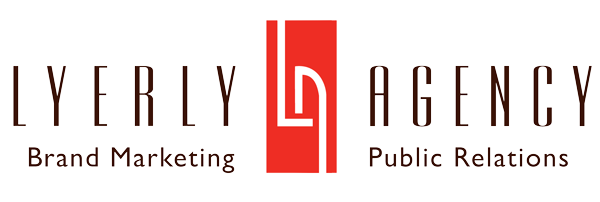As posted in The Gaston Gazette:
(11/27/16) BELMONT, N.C. – Fundraising is everywhere these days. Right now, you probably have an email (or five) in your inbox and solicitations in your mailbox, inviting you to support worthy causes. Your place of worship passes around a collection plate; you probably receive regular communications from a host of charitable organizations. In the midst of this culture of asking, how do you make sure that your organization stands out and secures the funding that is critical to achieving its goals?
In order to attract and keep donors, you have to get creative, get committed, and most of all, get cracking. That money won’t come rolling in all by itself. Here are five tips that will help you reinvigorate your fundraising communications:
- Remember that all communications are fundraising communications. If you are running an organization that depends on donations for part of its livelihood, your fundraising efforts are almost certainly cyclical. You are always either laying the groundwork for an ask, setting up the mechanisms for the ask to take place, or making an ask directly. Fundraising is not a single occurrence, but instead, a continual process of education and outreach that gains momentum as it strengthens its donor relationships over time. While it’s true that a single misstep in donor communications isn’t likely to destroy that budding relationship, it’s also true that precision in your overall communications strategy will help you treat those donor relationships with the respect they deserve. Each communication your organization develops should be done with the awareness that it has the power to either influence or alienate potential donors; each must enrich your long-term donor relationships, not encourage them to open up their wallets once and move on.
- Know, respect and laud your donors and their contributions. While formal communications go a long way to establishing donor relationships, relationships are about more than just correspondence. They are also about the modes of fundraising communications that migrate into your everyday interactions. Every time you engage with your donors, you want to communicate your gratitude and respect. Get to know your donors well; make them feel valued for their individual skills and contributions to the organization. Use conversations, surveys and notes in donor files to keep track of family details, likes and dislikes, educational backgrounds, and strengths and skills. Communicate to donors that changes in their personal circumstances will not diminish their value and that any donation amount is welcome. Also, don’t forget the importance of the donor thank yous. From cards and phone calls to donor profiles on your website and recognition events, these gestures will ensure that your contributors understand how much you value their support. Best practices call for at least seven thank yous each year.
- Harness the power of passion and compassion. Passion is a strong affection or enthusiasm for something. Compassion is the feeling of deep sympathy and sorrow for someone who has come upon misfortune. Harnessing these two emotions in unison is what we call the “silver bullet” for nonprofit marketing. If you can craft communications that arouse people’s empathy and concern as well their enthusiasm, you will attract a powerhouse group of donors who feel that your cause is worthy and interesting. That also means, however, that you have to engage yourself. As nonprofit consultant Simone Joyaux notes, “strategy only works when it’s based on heartfelt belief and deep commitment.” In other words, you cannot remain emotionally uninvolved and expect your donors to go the distance.
- Tell a story – preferably a first-person one. So how do you harness passion and compassion? One way is through storytelling. Your organization needs to be able to tell its story in a compelling and engaging way so that people can connect with its mission. The best way to do so is with first-person accounts, especially stories by recipients of the organization’s services and support, which are the most compelling. Stories of how the organization changed their lives. The first-person perspective gives a sense of profound intimacy that makes donors feel like they are gaining real insight into the organization. When you tell the story of your organization, make sure it’s your story as well: how you got involved, how it impacted you, the work you’ve been able to do, the people you’ve helped and who have helped you, and how you and the organization have grown together. Telling the story of your life within the organization further illustrates how nonprofits like yours establish lasting relationships, and it extends a hand to donors who want to be a part of that relationship, too.
- Always strive for authenticity. The quest to tell a good story, one that finds the intersection between passion and compassion in a first-person narrative, is also a quest for authenticity. When you communicate with donors, it is important to share a message that is as authentic as possible. As Mark Rovner, founder and CEO of Sea Change Strategies, points out, you shouldn’t drum up emergencies or sell merchandise unless there’s a meaningful reason for doing so. Donors put tremendous trust in you to be transparent and use their money wisely. If they get the sense that you are not being truthful and that your organization’s message and narrative is not authentic, you risk losing their confidence and their support.
In the end, philanthropic communication is as much about establishing and maintaining a successful relationship with your donors as it is about raising funds. If you can engage in that relationship with respect, appeal to their passion and compassion, and tell a compelling and authentic story, chances are those donors are going to stick around.
Lyerly Agency’s President and CEO Elaine Lyerly and Executive Vice President and COO Melia Lyerly share their 35+ years of marketing, advertising, public relations and brand strategy experience with readers each month in a column published by The Gaston Gazette. See this month’s edition at http://bit.ly/2gOREfn.
